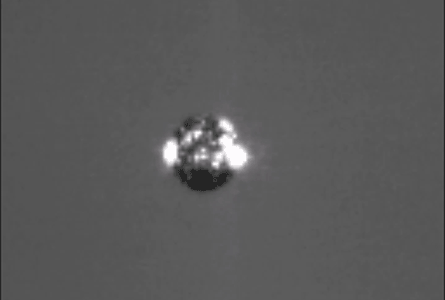
CLOUD COVER Shrinking the ice particles in cirrus clouds by blasting them with a laser could provide a method for tweaking the planet’s temperature. Scientists tested this technique in the lab, producing laser-induced explosions in ice particles.
Hehaden/Flickr (CC BY-NC 2.0)








